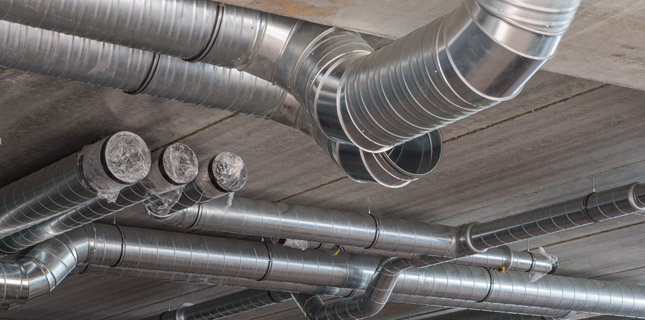

The Gas Safety Trust (GST) and the Institution of Gas Engineers & Managers (IGEM) has launched a report into the potential concentrations of carbon monoxide (CO) due to emissions from domestic gas appliances in buildings with low ventilation rates
The investigation, which was undertaken by the Health & Safety Executive's Health and Safety Laboratory, tested four different domestic gas appliances: a four ring hob single oven gas cooker, a wall-mounted flueless gas fire, a portable cabinet heater and a standard gas fire requiring a flue.
It was concluded that there was no increased risk of CO poisoning due to low levels of ventilation, providing the appliances are properly installed to the manufacturer’s recommended instructions and are then correctly maintained.
The report did, however, highlight a number of areas for further work that could be undertaken, such as the effects from poorly maintained appliances, or the risks when using alternative heating fuels such as wood or other solid fuels.
While the investigation focussed on the concentration of CO, there were also recordings of elevated carbon dioxide (CO2) emissions from gas appliances which could also be the subject of further research.
GST chairman Chris Bielby said: "This report reinforces the view of the Gas Safety Trust that it is essential that consumers ensure that their gas appliances are correctly installed, regularly serviced and appropriately used in accordance with the manufacturers’ instructions. We also recommend the use of audible CO alarms tested to the European standard EN 50291 as a second line of defence.
"Also highlighted was the need for further research looking at solid fuels. The Gas Safety Trust would be interested in receiving research proposals from suitably qualified applicants."
Ian McCluskey from IGEM added: "This investigation report highlights once again the importance of adherence to the appropriate correct standards for the installation, maintenance and regular servicing of gas appliances in the prevention of exposure to carbon monoxide.”
The report is available to download from the GST CO Portal here.
If you'd like to keep up-to-date with the latest developments in the heating and plumbing industry, why not subscribe to our weekly newsletters? Just click the button below and you can ensure all the latest industry news and new product information lands in your inbox every week.